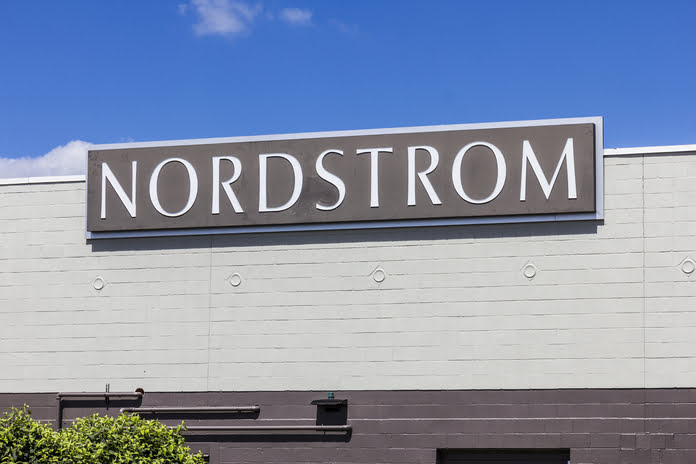Nordstrom (NYSE:JWN) exceeded expectations for first-quarter revenue, driven by strategic efforts to refresh its product offerings and enhance its merchandising.
The department store chain’s initiatives to introduce newer, more in-demand clothing and footwear options contributed to increased consumer demand. Nordstrom focused on stocking shelves with tailored classics and minimalist pieces like oversized blazers, tailored pants, cropped jackets, and dresses, resonating well with customers.
Sales at Nordstrom’s namesake brand saw a 0.6% rise, while its discount banner Rack experienced a significant sales increase of 13.8%. Nordstrom’s expansion plans, particularly with its Rack stores targeting lower-income consumers, contributed to this growth.
During the quarter, Nordstrom collaborated with brands like Liberty London and SKIMS, offering their products through shop-in-shop arrangements and online offerings. Additionally, the introduction of popular brands like Birkenstock and Prada Beauty further attracted customer traffic, enhancing the store’s product portfolio.
Nordstrom’s strong sales performance contrasts with challenges faced by peers such as Macy’s and Kohl’s, who are also addressing merchandising issues while struggling to attract customers.
Despite the positive sales results, Nordstrom maintained its 2024 comparable sales forecast, anticipating a 1% drop to a 2% rise, with an annual profit per share projection of $1.65 to $2.05.
Following the earnings release, Nordstrom’s shares experienced a 4% decline to $20.20 after the bell.
For the first quarter, Nordstrom reported total revenue of $3.34 billion, marking a 4.8% increase compared to Wall Street expectations of $3.20 billion.
The company also reported a narrowed quarterly net loss of $39 million, or 24 cents per share, compared to $205 million, or $1.27 per share, in the same period last year.
Featured Image: Megapixl









